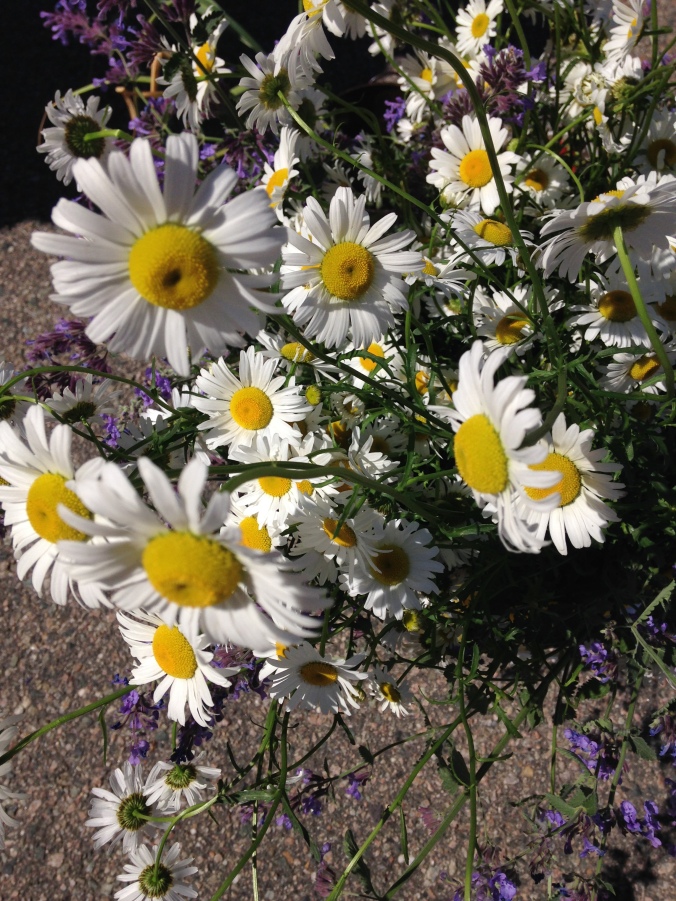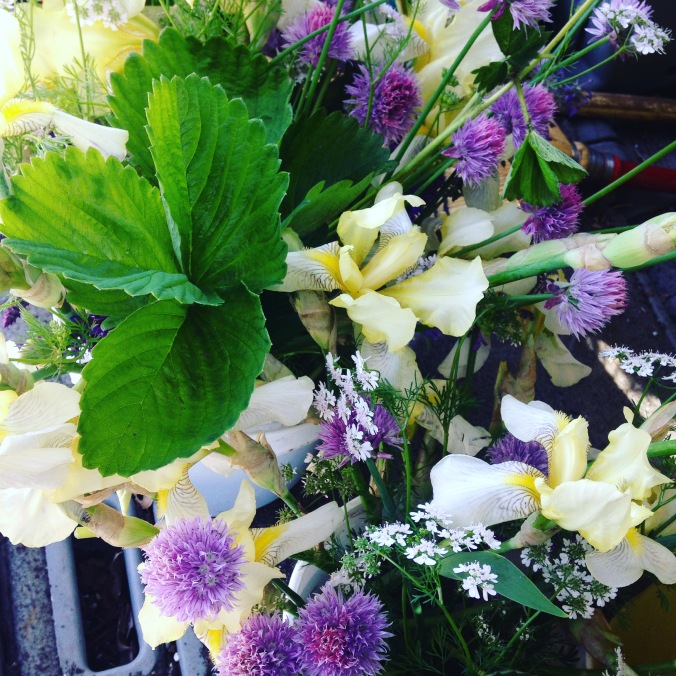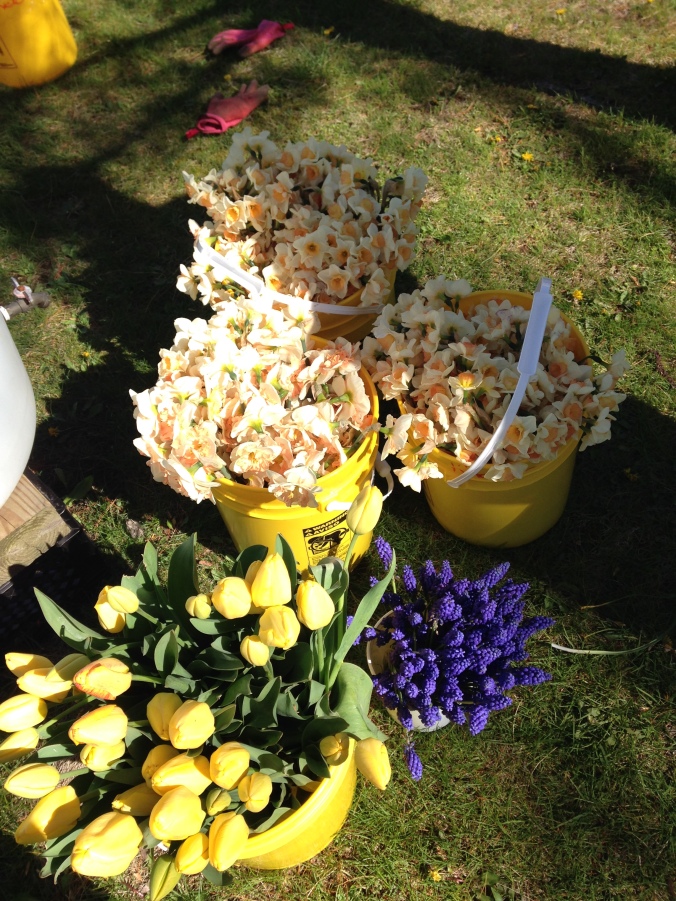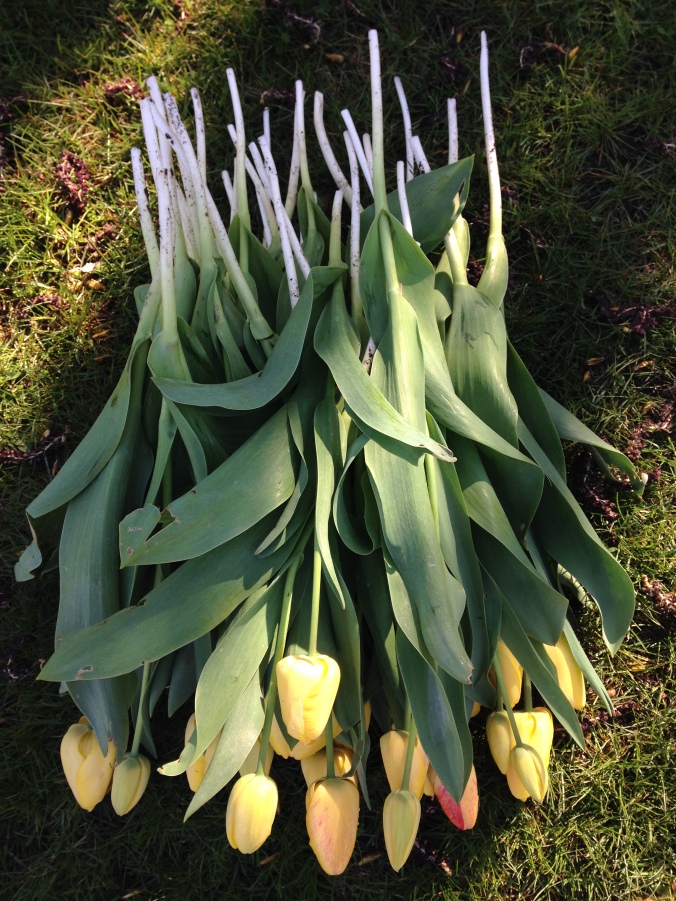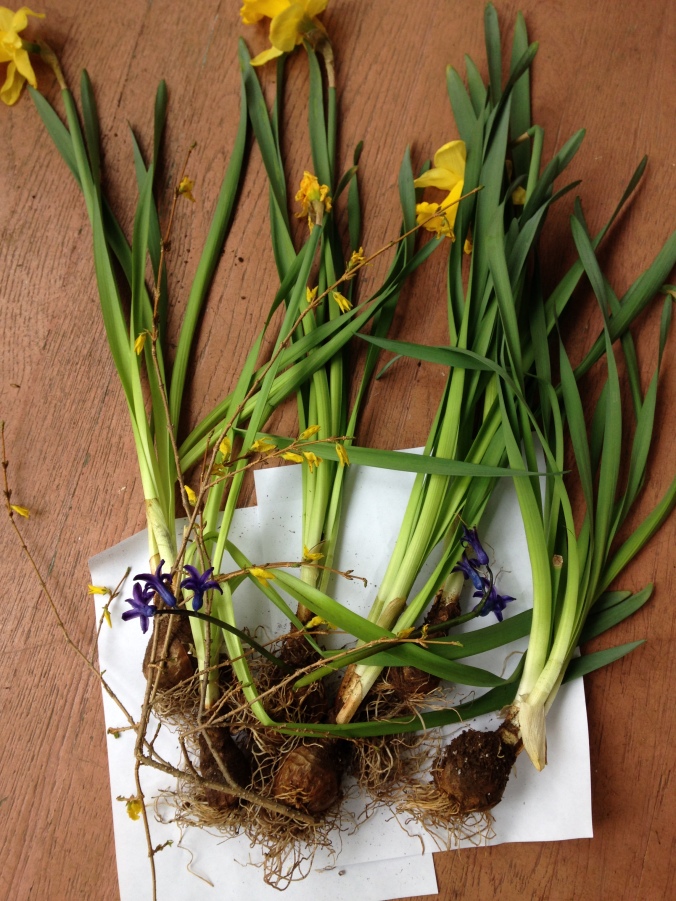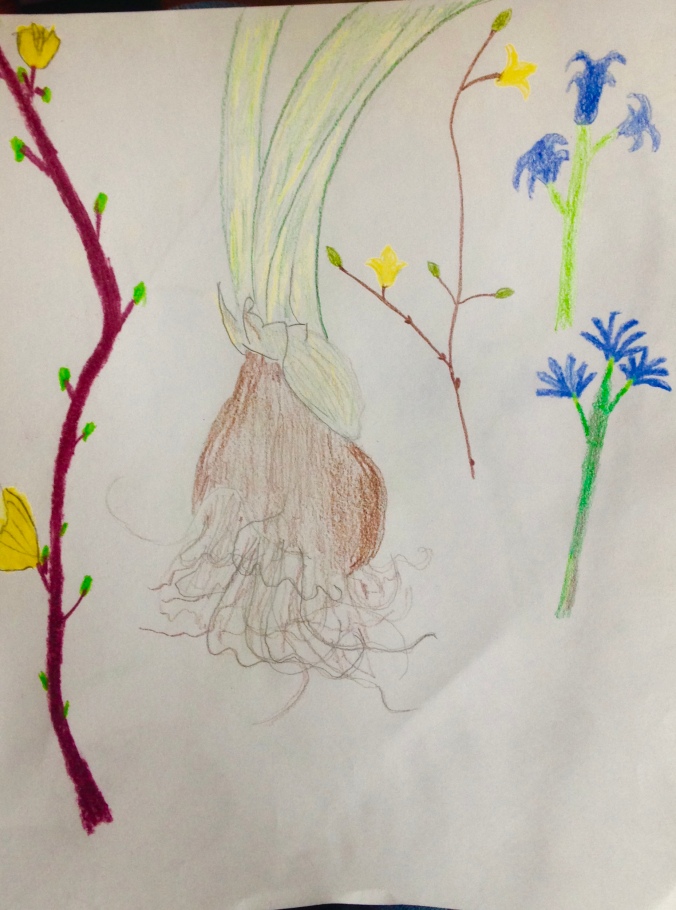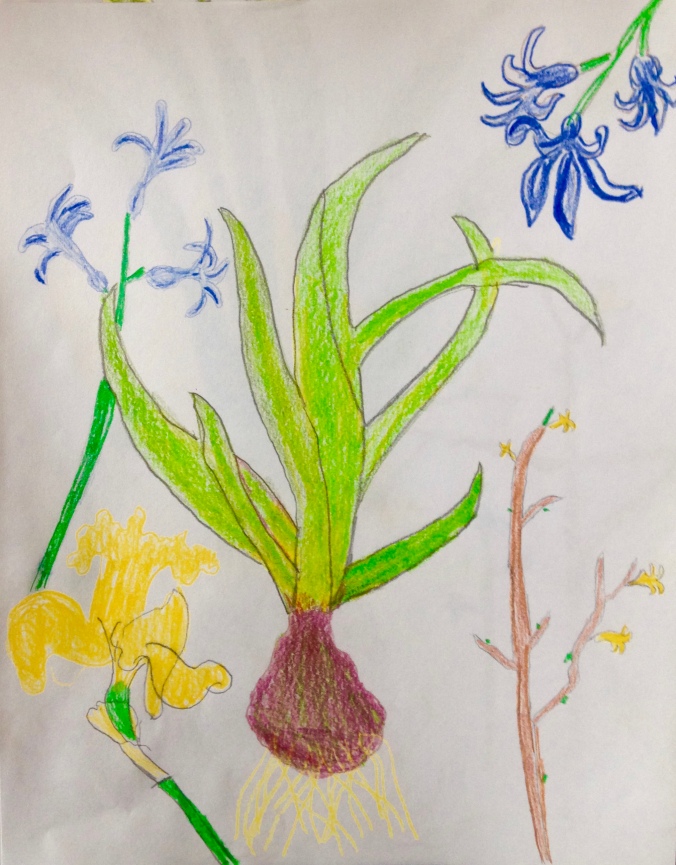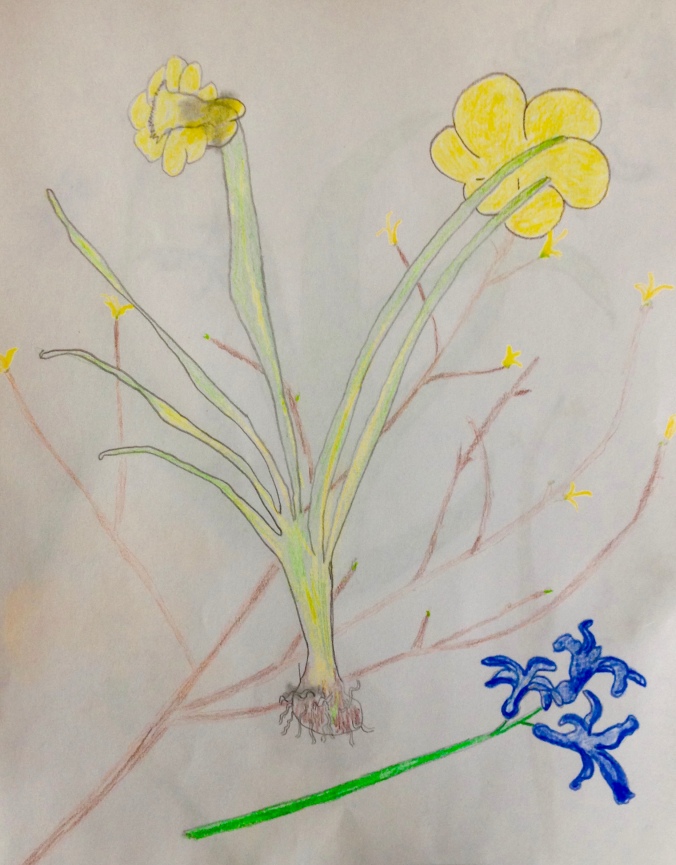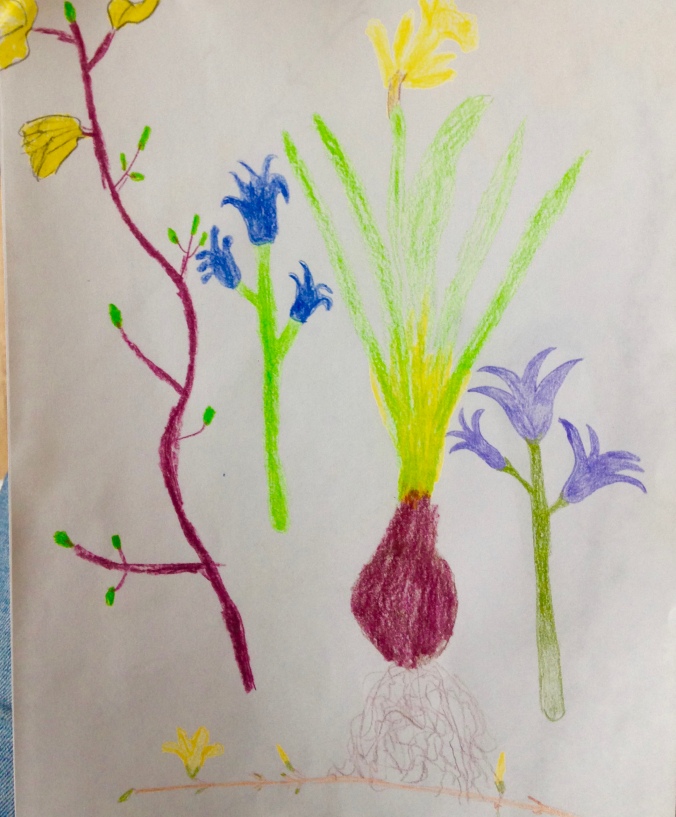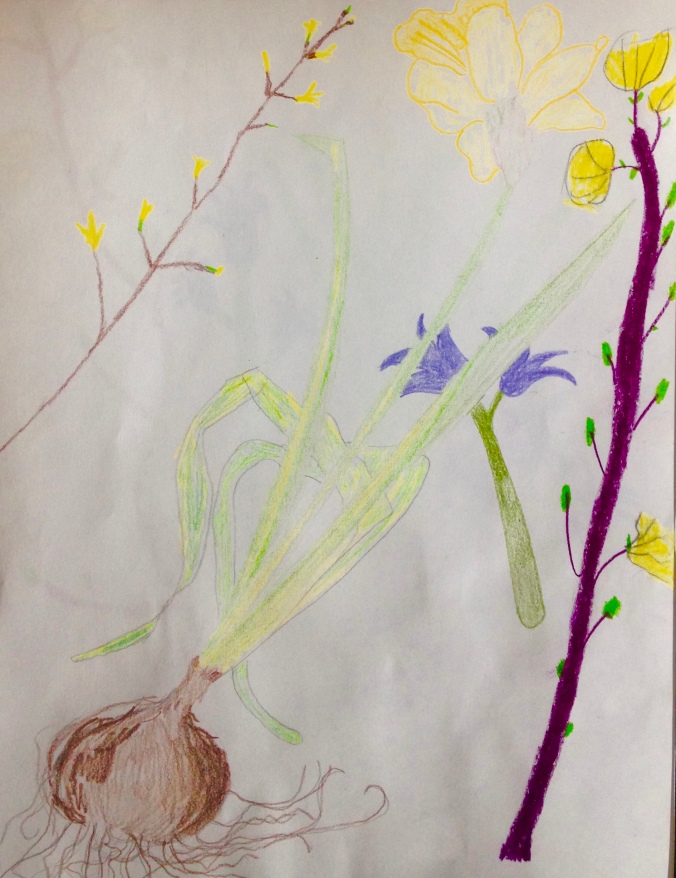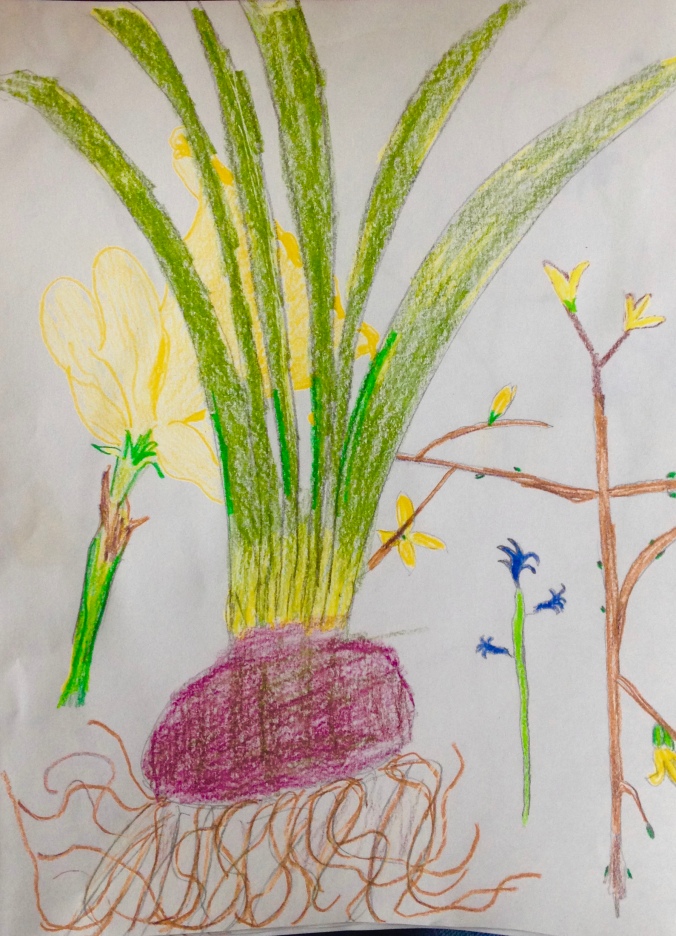Massachusetts is in a severe drought this August. When the three new students looked at the garden today it was with a great lack of luster. What they saw and what I saw were divergent sights. The excitement I had to demonstrate to them the bounty in the garden was a pleasant surprise for me. They got it and what could have been a real dud of a class turned into the four of us talking, discussing and working hard to tidy a jewel in the raw of a garden.
It all started when one guy grabbed a bunch of clover he was weeding and said, “The leaves are shaped like a heart so I can eat it!” I quickly looked to make sure he wasn’t ingesting something like foxglove and saw that it was common pesky yellow blooming clover, and yes, edible indeed.

Before I knew it we had not only pruned the raspberries,

tidied the herb gardens,
weeded galore, edged large portions of the gardens as well as harvested a big yellow bucket of mature oregano blooms.

I couldn’t decide whether the chartreuse color was more wonderful or the scent of the oregano of a season spent in the sun.
Within each task we completed there was a lesson and this group of students responded with chatter, tasting, smelling and questions and comments. A fourth inmate actually came out to just watch which is always nice too.

We decided to take photos today of all the perennial things in the garden, that are drought tolerant, turkey tolerant and thrive side by side with the weeds. Despite how awful the strawberries look I was able to demonstrate their prowess in the June garden.
The self seeding nature of dill and cilantro offered another lesson on annuals that keep coming back once they are planted if you let them mature. We haven’t planted dill or cilantro in years but it comes back with gusto each spring.
The mint and the nepeta were swarming with white butterflies enjoying late summer nectar and they became a crucial lesson when one man asked if something was wrong that there were so many white butterflies. Ah! The joys of an open air classroom!

The August rhubarb also offered its lesson of perennial food. Not much to look at today but you should have seen it in May.
So with the lot we are given we find hope and success in the permaculture that is just there in front of our noses if only we have the time to see it, the open minds of inmates to appreciate it and the gratitude to embrace it. Today was a refreshing class despite the drought and the heat. Nature’s demonstration of it’s reserves for the future is remarkable.

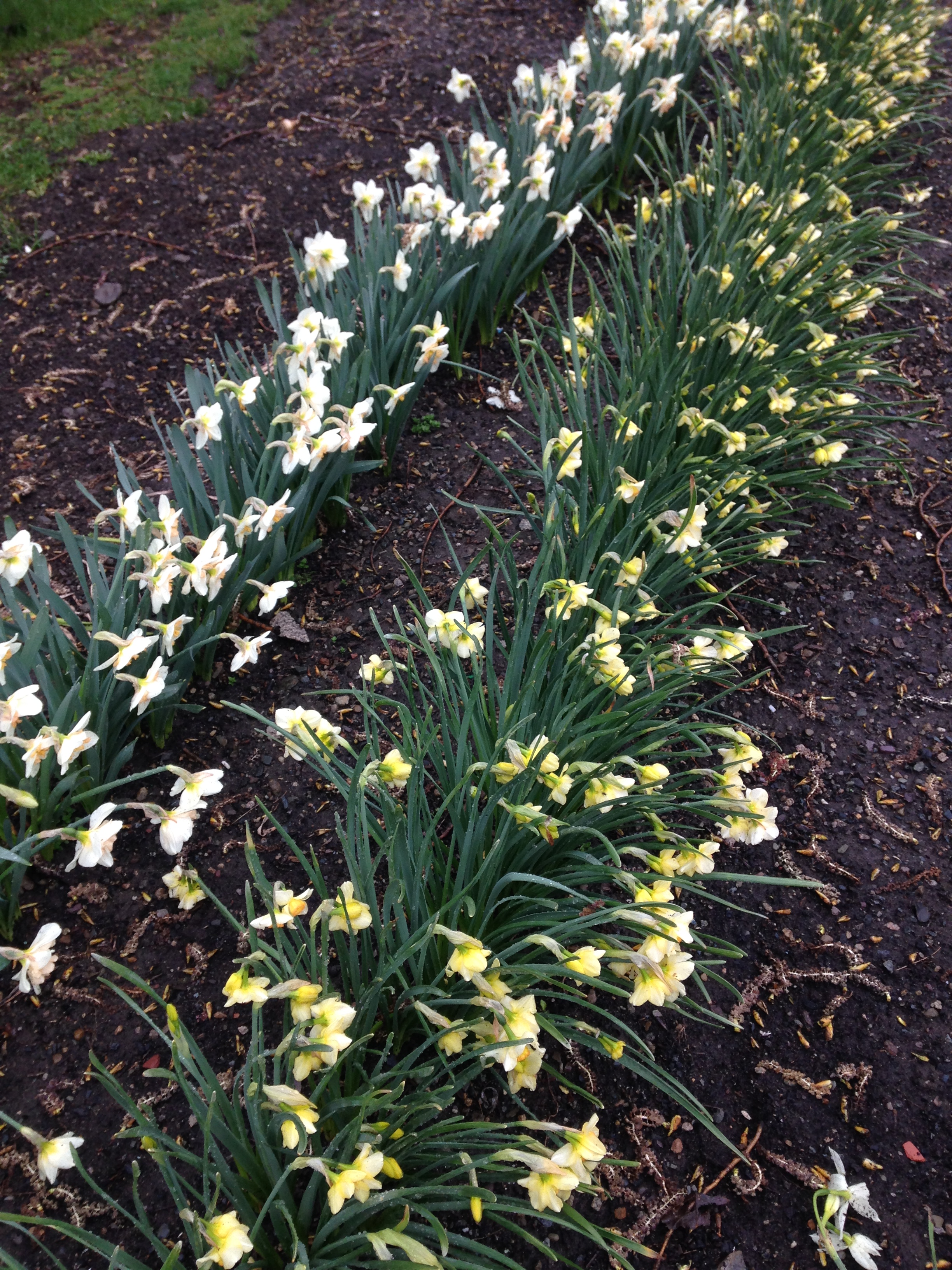
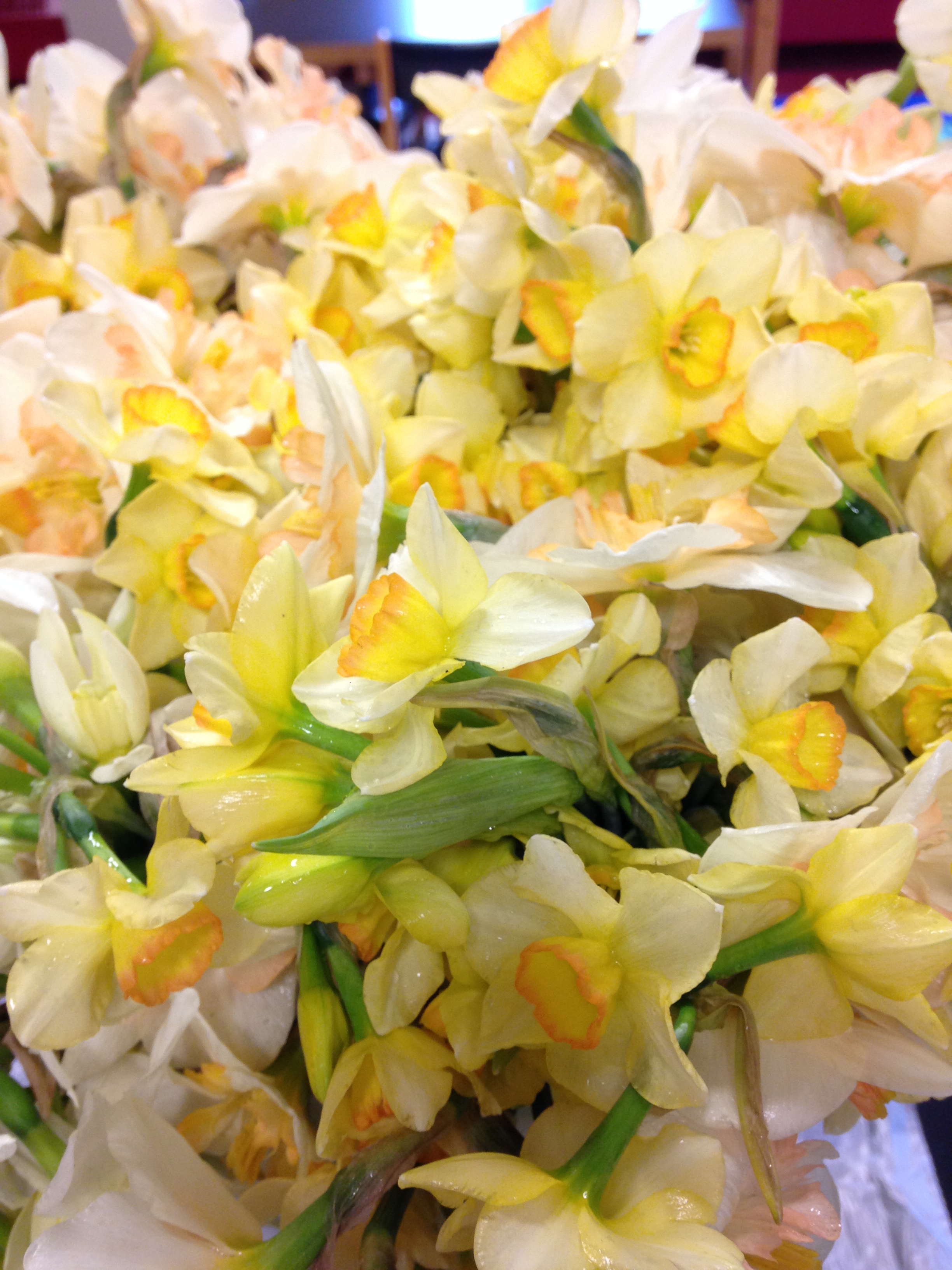
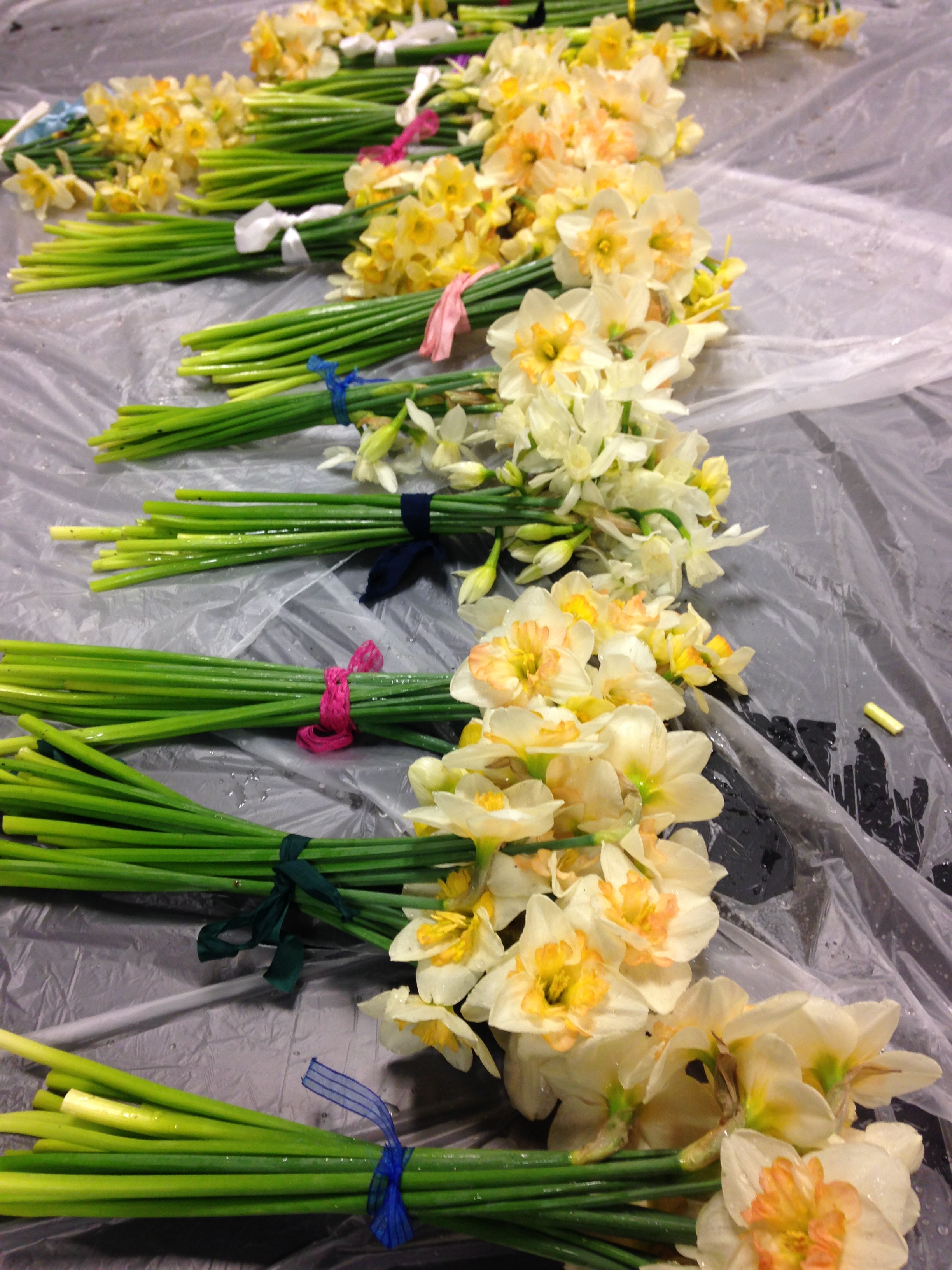
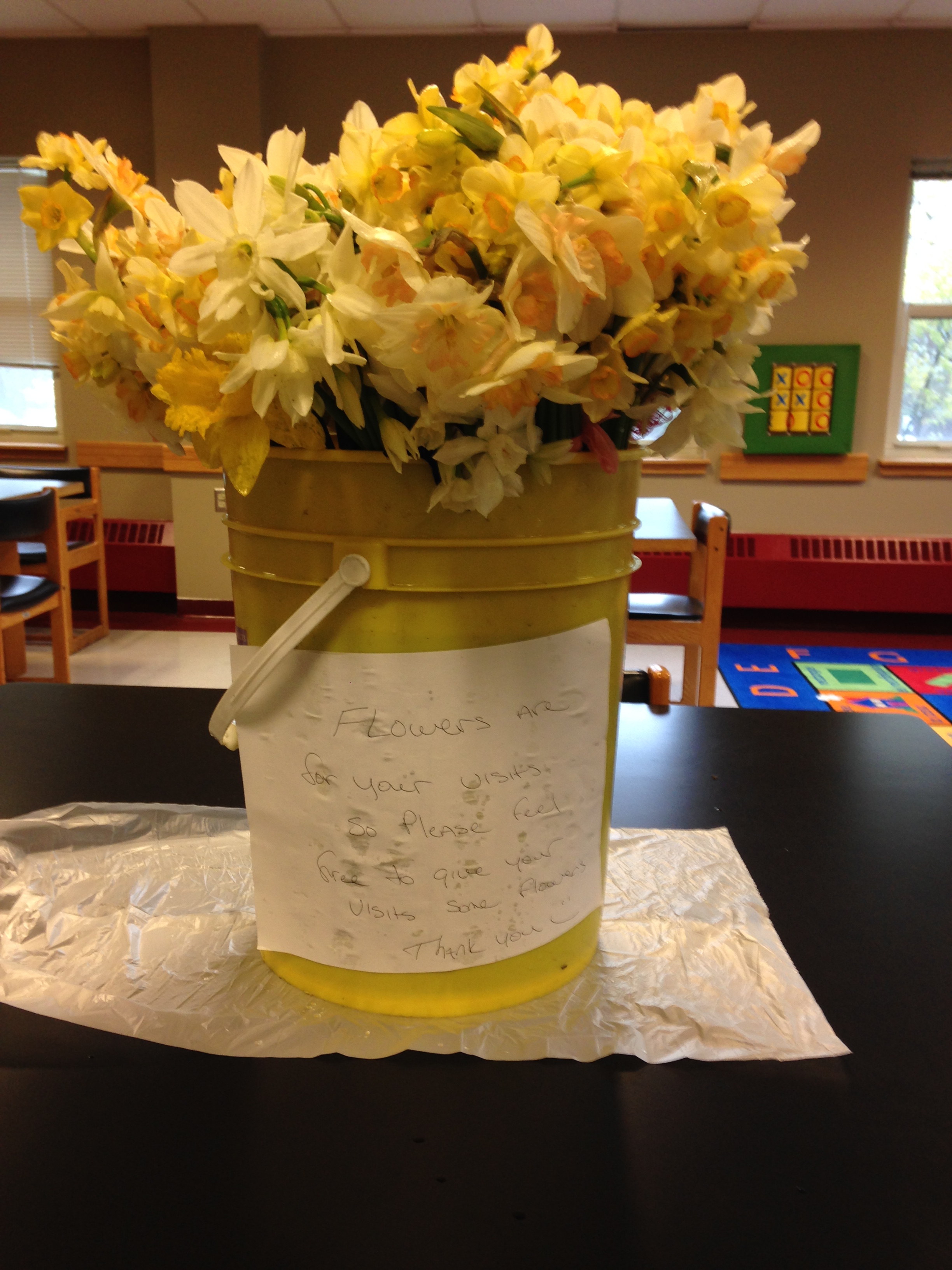
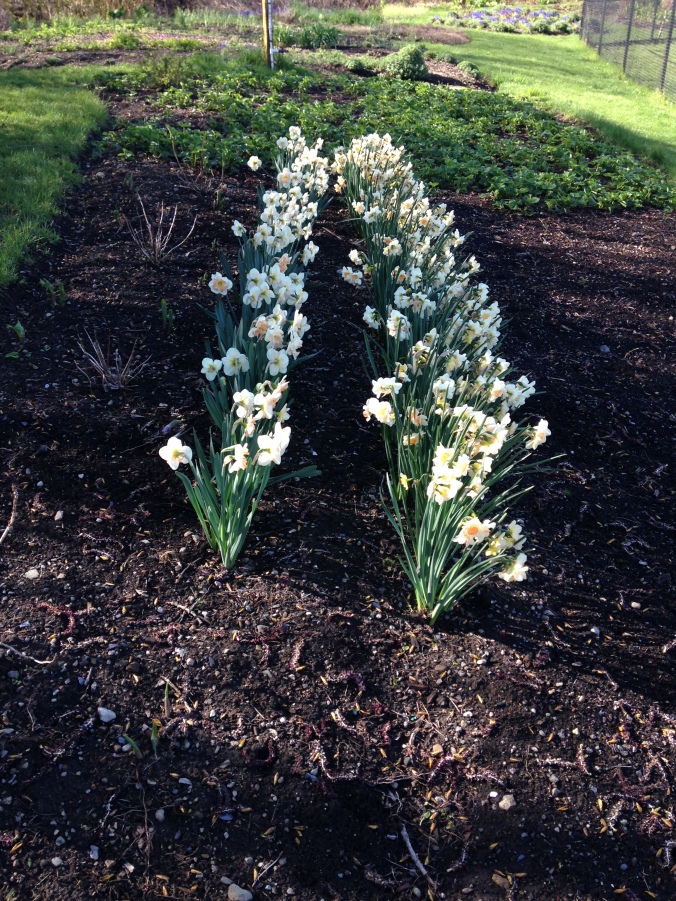
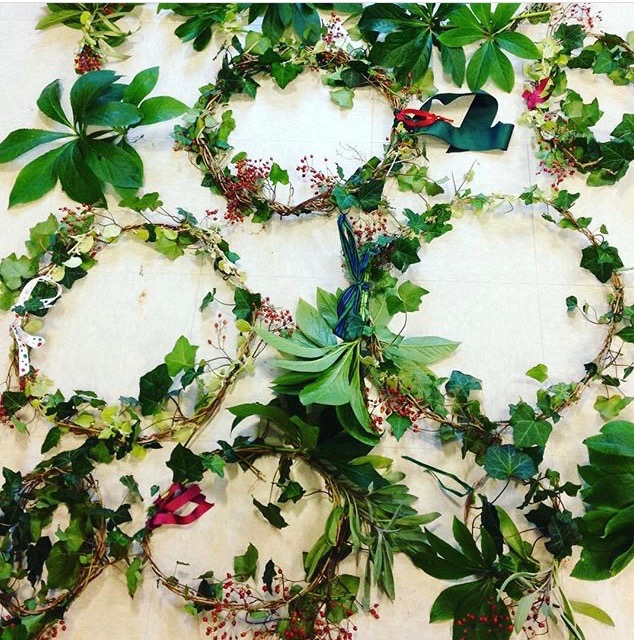
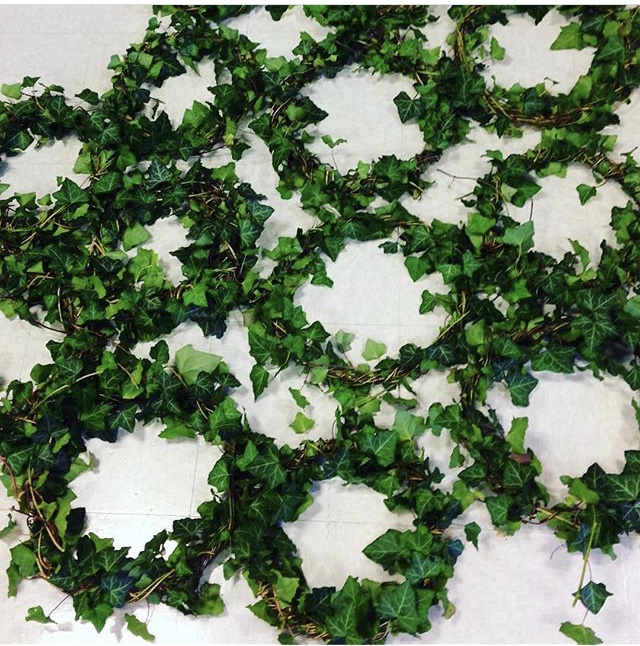
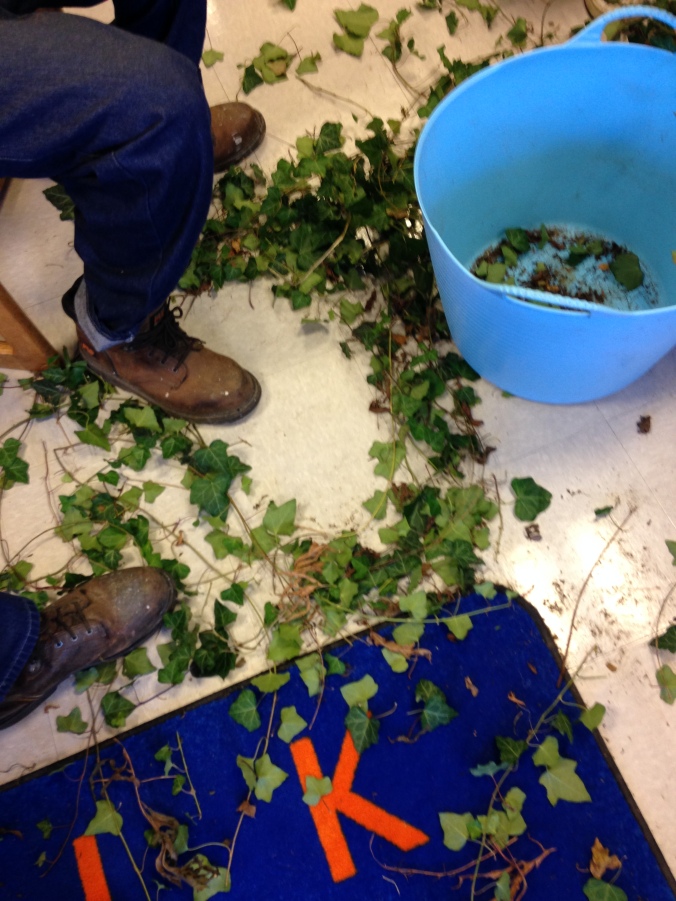
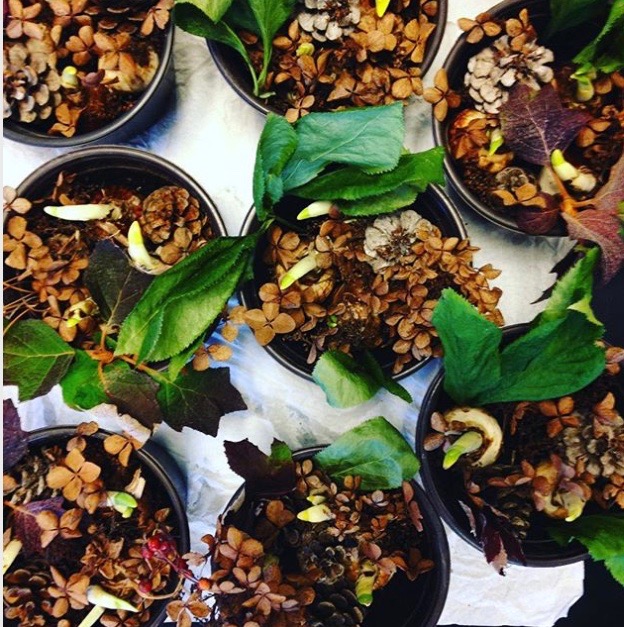

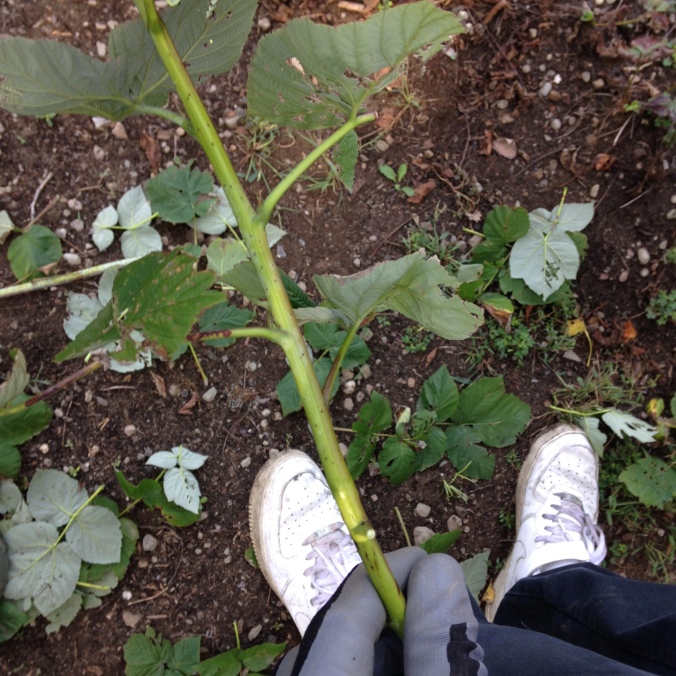
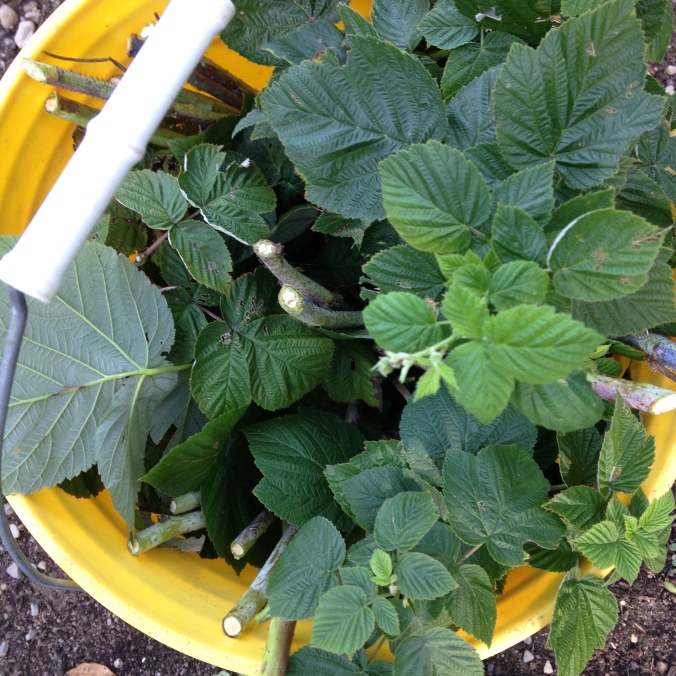
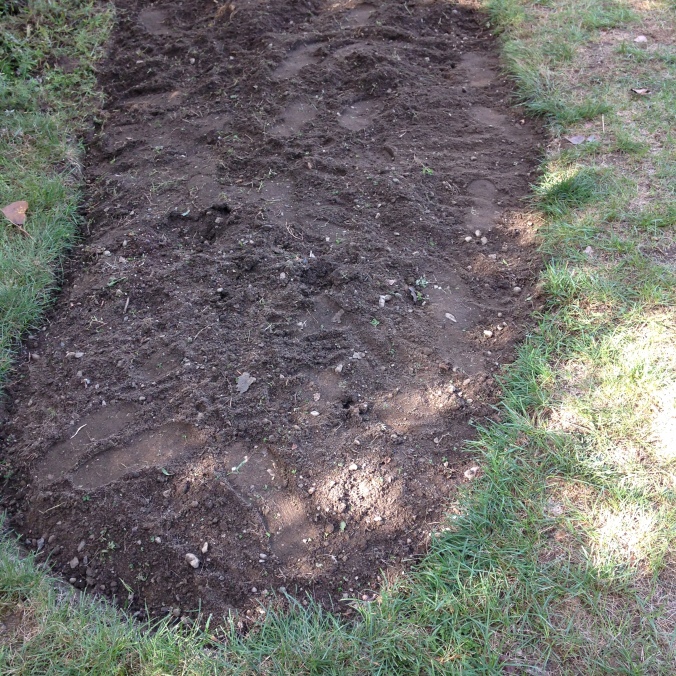
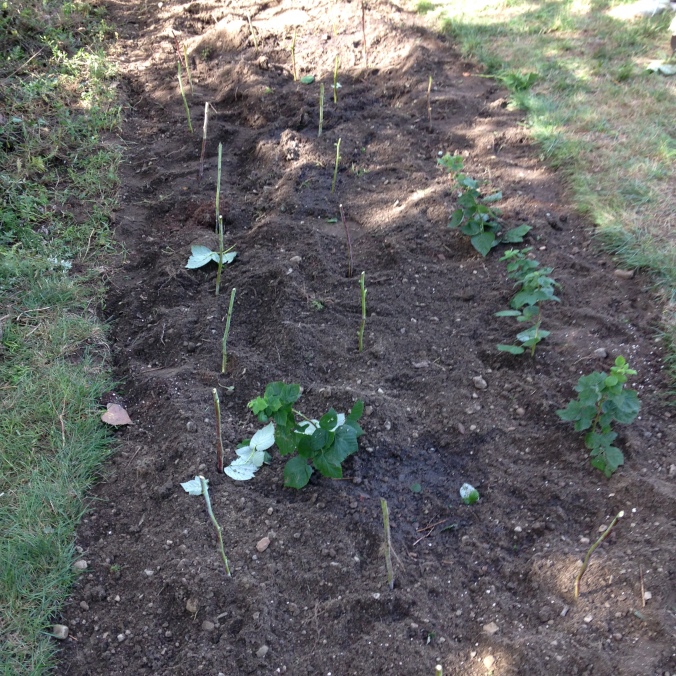
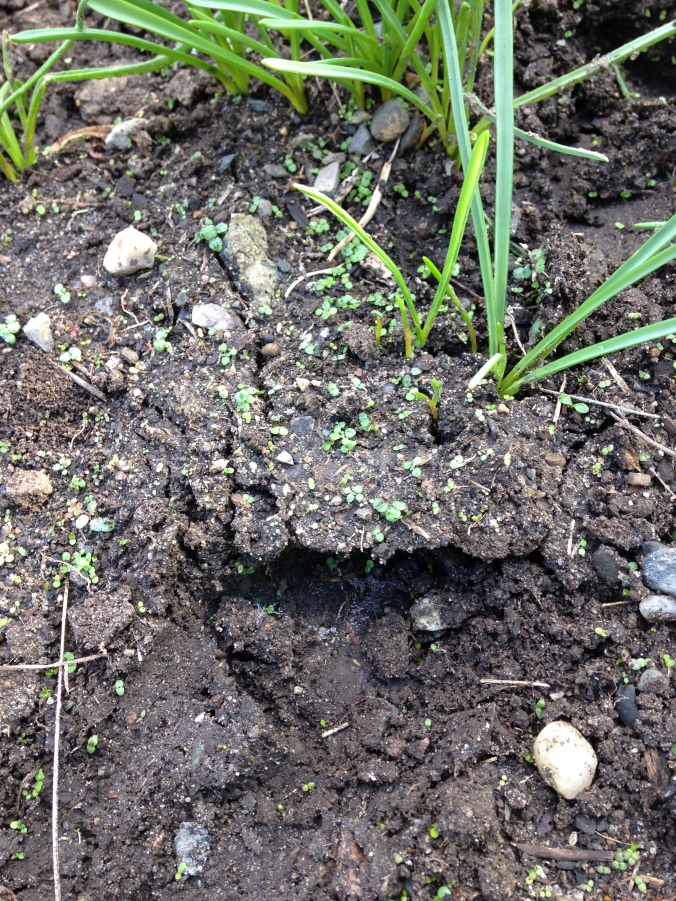
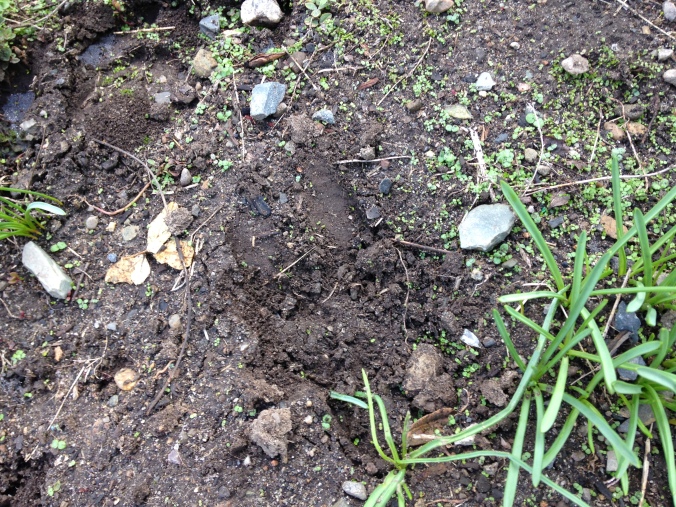
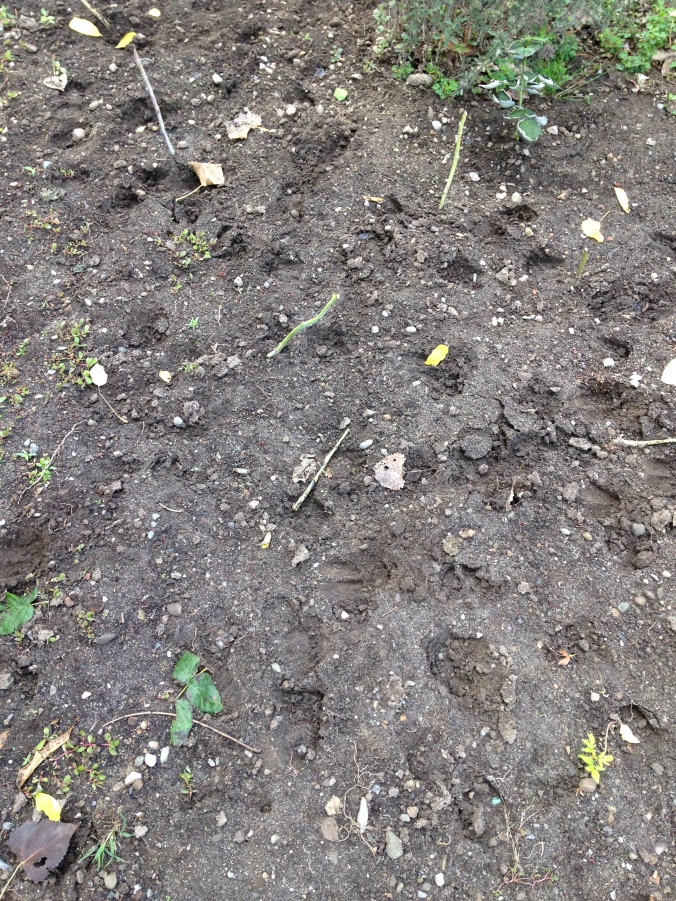





 This my friend is a bucket of weeds. Seemingly, pesky in the wrong place at the wrong time additions to the garden. Funny thing is, they are drought tolerant, native and edible plants as well as really pretty. Above are chicory, mint and Queen Anne’s lace.
This my friend is a bucket of weeds. Seemingly, pesky in the wrong place at the wrong time additions to the garden. Funny thing is, they are drought tolerant, native and edible plants as well as really pretty. Above are chicory, mint and Queen Anne’s lace.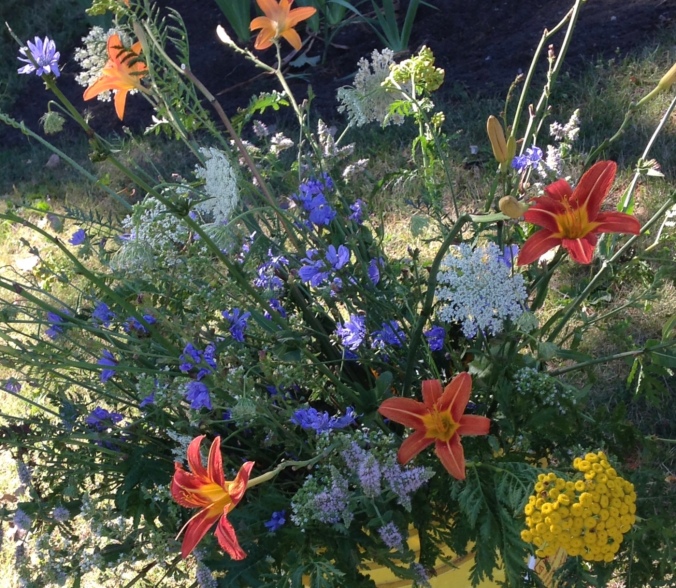 Above we added daylilys and tansy, both edible as well. This big bucket with at least 150 stems went into the visiting room to cheer visitors to the Pre Release Center. It looked like it could have been installed in the State House lobby!
Above we added daylilys and tansy, both edible as well. This big bucket with at least 150 stems went into the visiting room to cheer visitors to the Pre Release Center. It looked like it could have been installed in the State House lobby!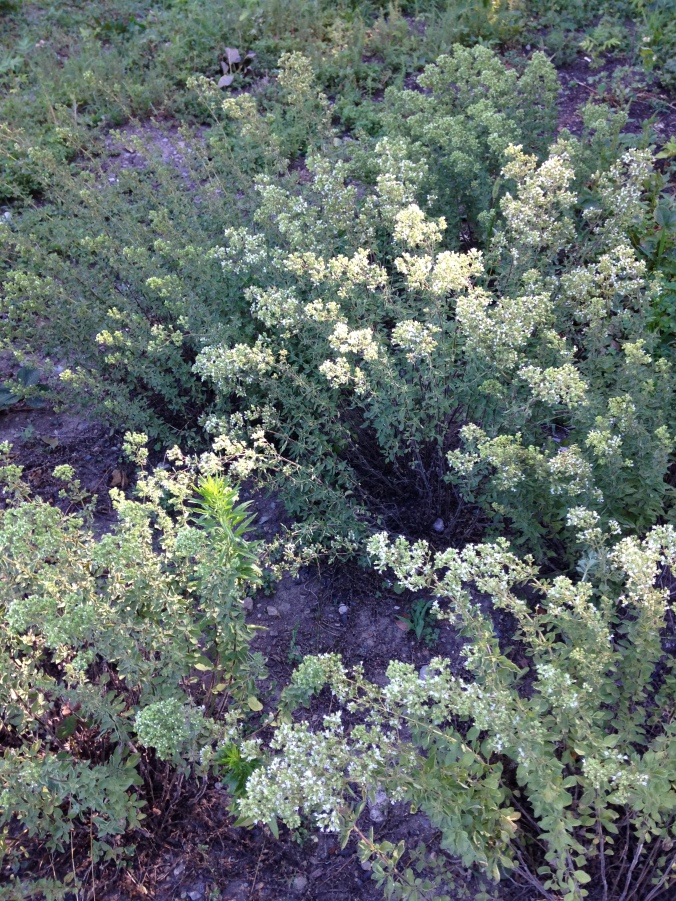 Drifts of flowering oregano add fragrance to the hot breeze.
Drifts of flowering oregano add fragrance to the hot breeze. Bouquets and bouquets of flowers despite the parched grass.
Bouquets and bouquets of flowers despite the parched grass.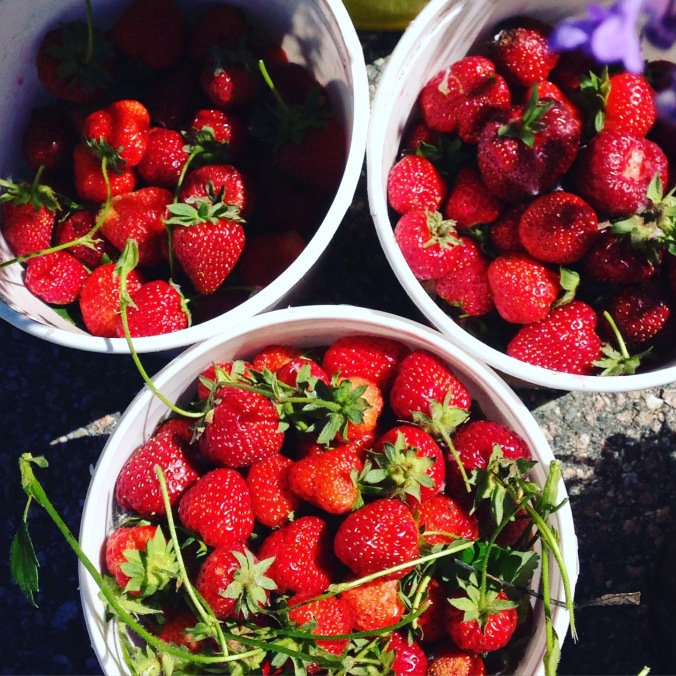 I always find it crazy the way garlic and strawberries do their show at the same time. Usually plants seem to know when to shine together, like tomatoes and basil or rhubarb and mint. But, alas, today we harvested strawberries and garlic. Another reminder to live and learn next to things that have little in common but the world around them.
I always find it crazy the way garlic and strawberries do their show at the same time. Usually plants seem to know when to shine together, like tomatoes and basil or rhubarb and mint. But, alas, today we harvested strawberries and garlic. Another reminder to live and learn next to things that have little in common but the world around them.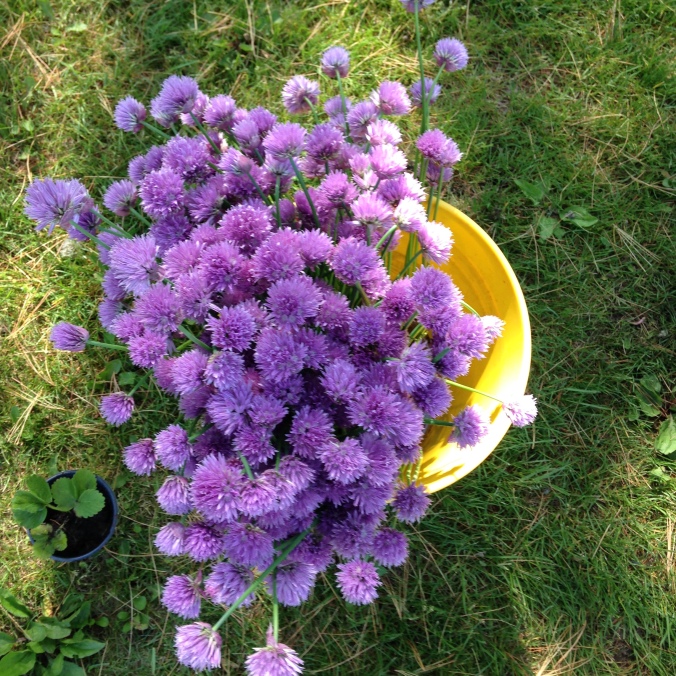 … soon we will have dill self seeded from last year and about knee high now. The next crop on the horizon is the raspberry patch with many hard little rock like berries ripening in the June breeze.
… soon we will have dill self seeded from last year and about knee high now. The next crop on the horizon is the raspberry patch with many hard little rock like berries ripening in the June breeze.